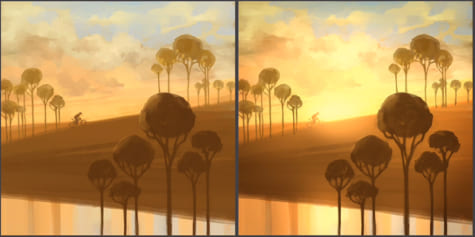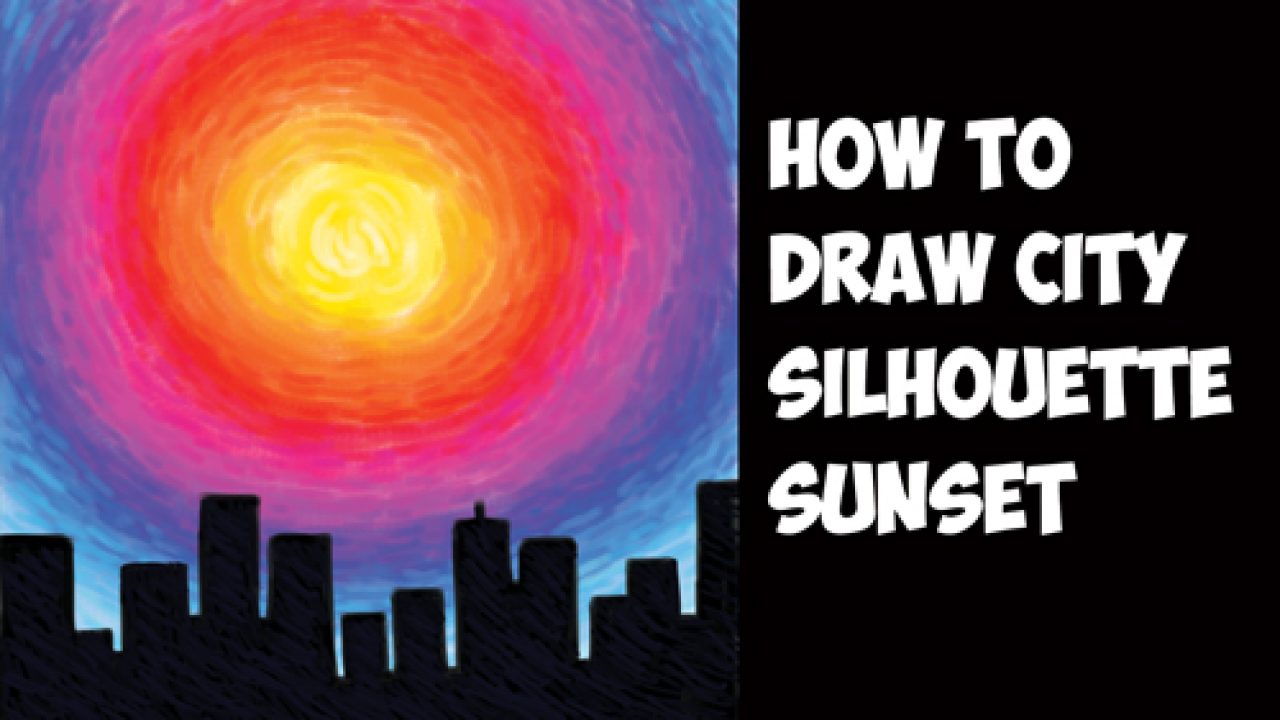

You will just need to resize it to brush size 1 (you can click on the tool options bar and change its size or just hold the ‘[‘ key). If you can’t find it, just press and hold the Brush Tool and scroll down to Pencil Tool (it should be the second one). I always choose the eyes, because they are (magically) one of the best ways to give life to a character. To make things more practical, choose what’s going to be the smallest, readable thing on the character. However, the developer size is much more complicated: the smaller your character is, the more difficult it is to make everything fit. Pixel art is well known, on its best form, for its sharp and easy-to-read graphics: you can identify the character face, eyes, hair, body parts with just a few pixels. This way, if the image ever needs to be scaled, the dimensions will be divided more cleanly resulting in a better look. Tip: Even if the game engine you are using accepts any image size, it’s a good practice to use even number image dimensions anyway. Open a new canvas on Photoshop (File > New…) and set this same size so you can look at it and choose the size for your character. Then your working resolution will be half of that size, or 240×160 pixels.

This should be based on the screen size of the device you’re targeting, and how large you want the “pixels” to look.įor example, let’s say you want the game to look double-sized on an iPhone 3GS (“I really want to give a retro, pixel look to my game!”), which resolution is 480×320 pixels. To avoid this problem, you should first put some thought into exactly how large you want your game character/enemy/game element to be before you get started. If you try to scale it up, it can look OK as long as you use a multiple of two (but of course will be more pixelated). If you try to scale it down, it will look like a mess.

Let’s try it out! Getting Startedīefore you start making your first pixel art asset, you should be aware that pixel art is not easily resizable. So in the end, pixel art is all about taking great care about the placement of each pixel in a sprite, most often manually and with a limited palette of colors. Other tools such as the line tool or the paint bucket tool also automatically generates pixels, but since you can configure them to not anti-alias their edges, giving you control over every pixel they fill, are considered ‘pixel art friendly’. But since most hardware nowadays can deal with millions of colors, this can ignored – still, using fewer colors is a good practice of pixel art. Some would say that even automatically generated colors are not pixel art too, implying that layer blending effects (mixing pixels between two layers in a preset algorithm) are not allowed.

Here are some examples:Īnti-alias tool (basically, generating new pixels in different colors to something look ‘smoother’). The easiest way to define pixel art is by saying what is not pixel art: that is, anything that generates pixels is not pixel art. It’s also a matter of some debate and style, but bear with this definition for the sake of this tutorial :] Read on to start pushing some pixels! What Is Pixel Art?īefore we get started, let’s be really clear about what pixel art is – it’s not as obvious as you might think.
SILHOUETTE ART CTRL PAINT TRIAL
If you do not have Photoshop, you can download a free trial from Adobe. To follow along with this tutorial, you will need Adobe Photoshop.
SILHOUETTE ART CTRL PAINT HOW TO
So wanna try your hand at some pixel art? Follow along with me and I’ll show you how to make a simple but cool game character you can use or tweak in your own games!Īnd as a bonus, after I show you how to make the character, Ray will dive in and show you how to integrate it into an iPhone game! Pixel art is one of the easiest types of digital art to learn, especially if you are a more of a programmer type than an artist ] Pixel art brings back a great nostalgic feeling for gamers who grew up playing Nintendo, Super Nintendo, or Genesis (like myself!) Pixel art looks awesome! There’s something to be said about making the most about each pixel in a sprite. Pixel Art is really popular in games these days, and for some great reasons: This is a guest post by Glauber Kotaki, an experienced 2D game artist available for hire. Learn pixel art by making this cool game character!


 0 kommentar(er)
0 kommentar(er)
